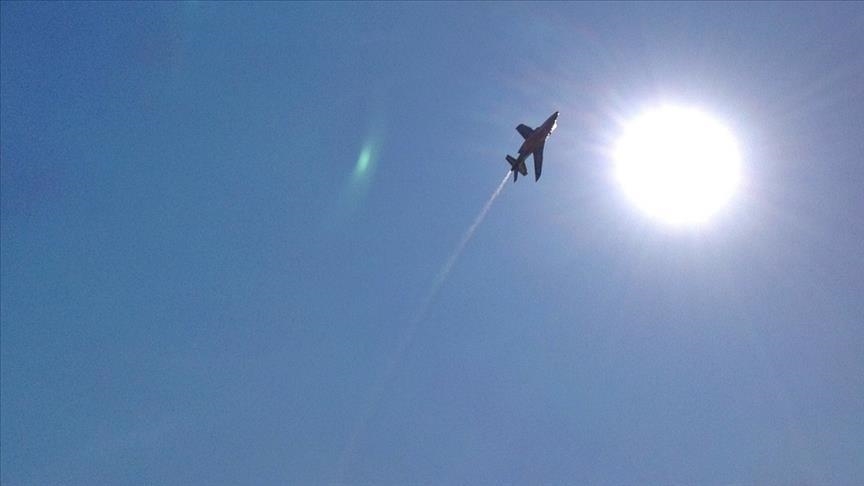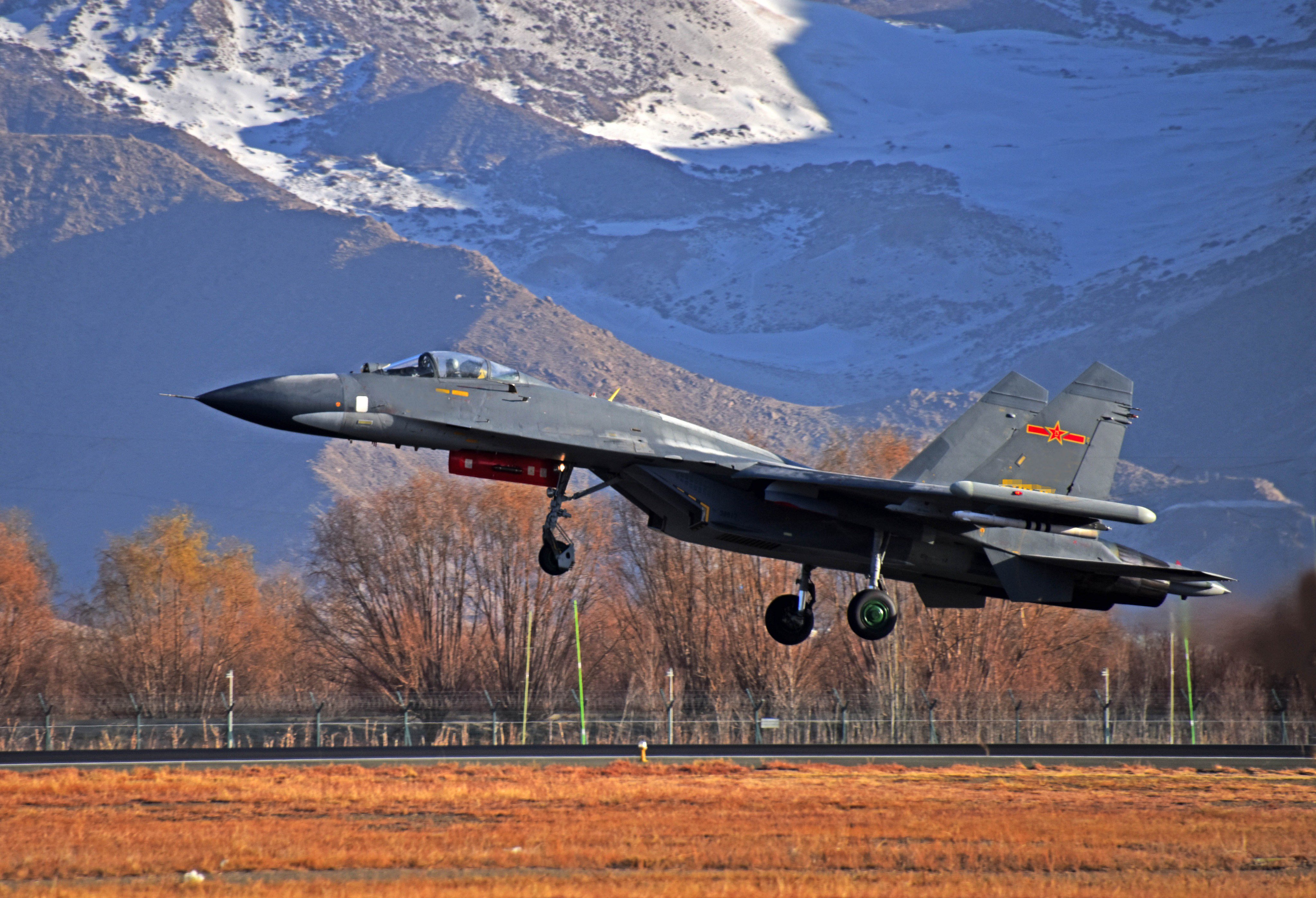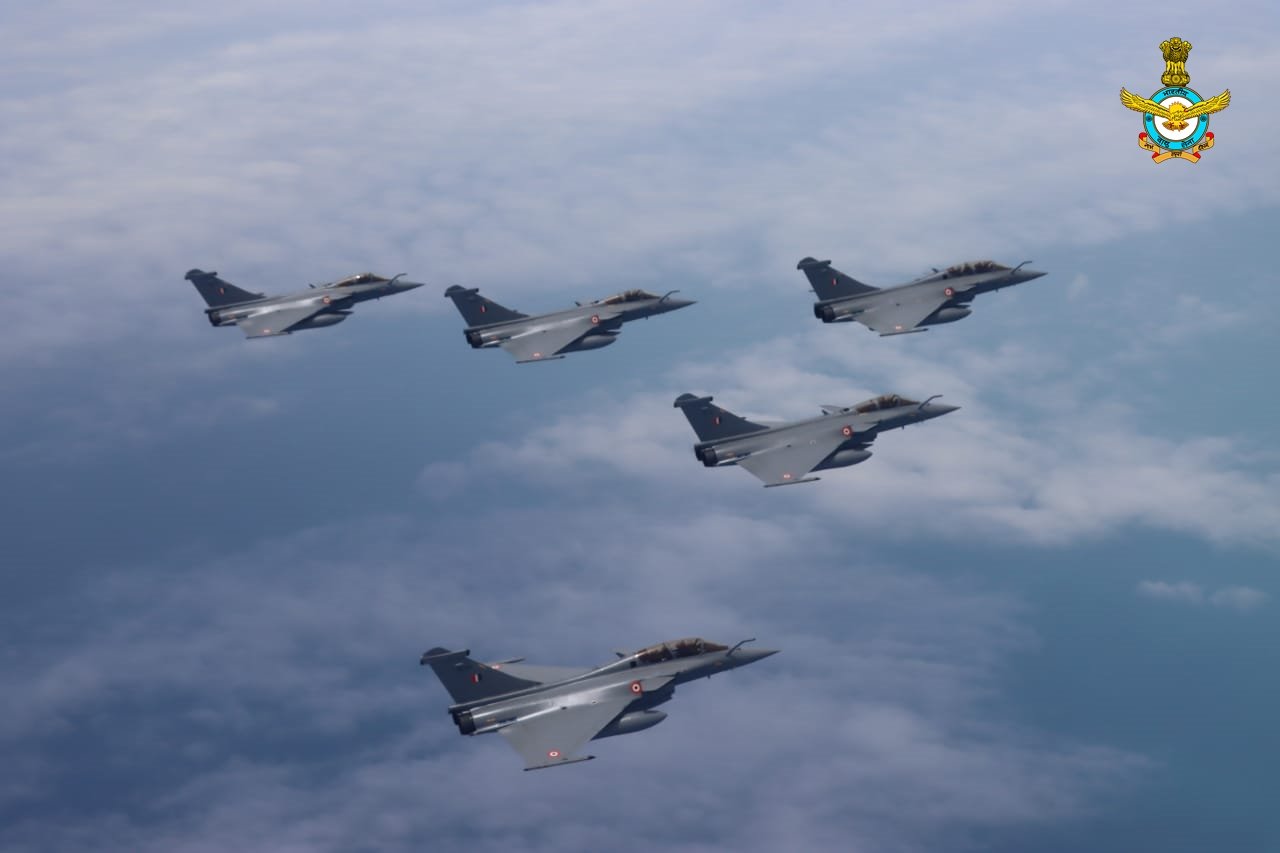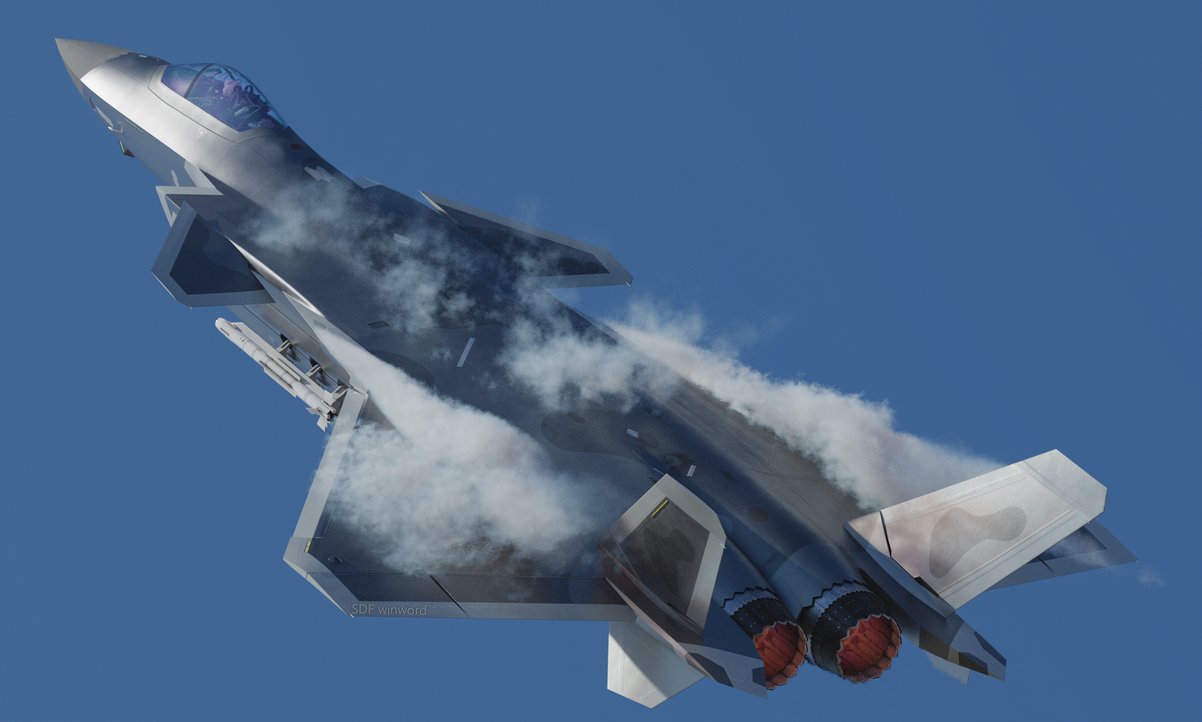- 3,166
- 1,202
- Axis Group

- Copy to clipboard
- Thread starter
- #9
We believe that AESA is not worth boasting about.. But DJI does have AESA technology. DJI installed AESA radar on agricultural drones.
last. Respect Indian propaganda. Indian Universe No.1.
India is using it in small missiles.
Does China have any Batter technology than AESA Radar for detection of fighter jets? You are boasting as usual but the fact of the matter is that Chinese AESA technology is worst amongst all nations making AESA radar.






 Show off its bananas
Show off its bananas  。
。









